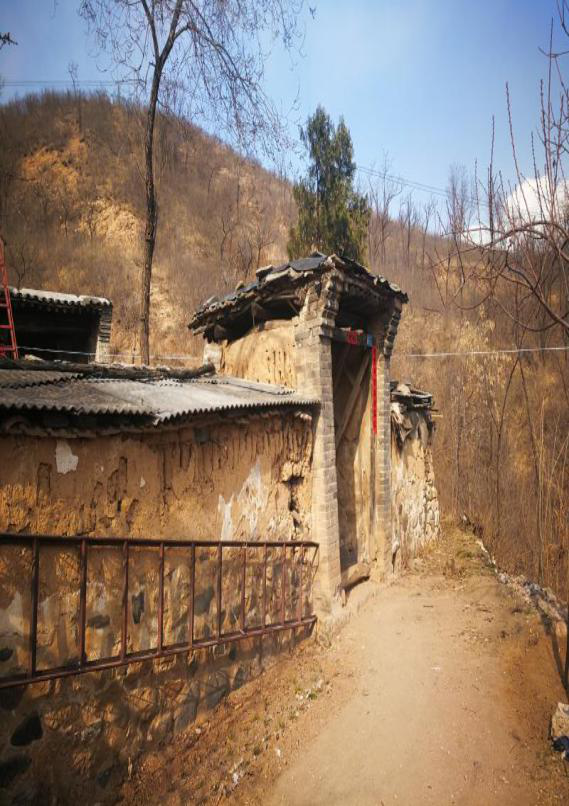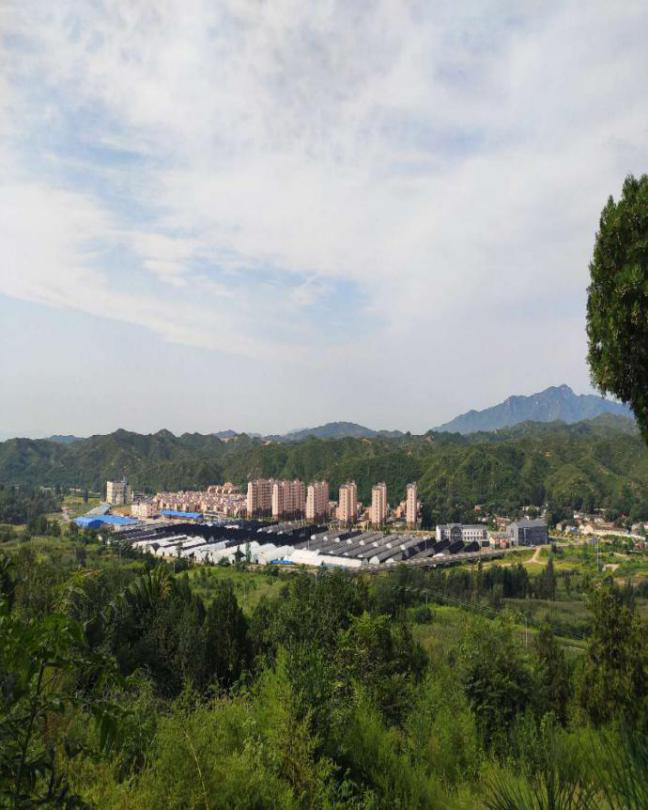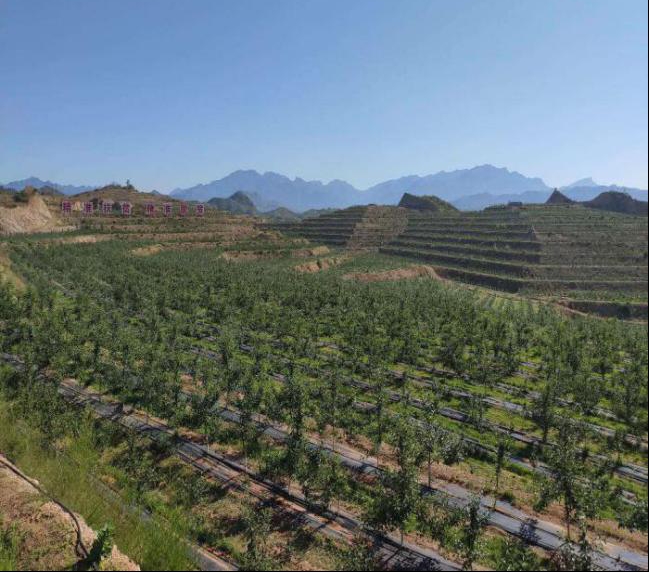Shijiazhai County has 14 administrative villages, with a population of 9215 in 3281 households. Through relocation, the county has moved 4302 villagers from 1122 households, including 2672 villager from 800 registered poor households which is about 62% of all relocated villagers, in 56 natural villages and 10 administrative villages to the new Shijiazhai Settlement. Before the relocation, villagers lived in poor housing conditions and faced difficulties in seeking employment, and access to medical services and education. After the relocation, the new settlement was equipped with water works, thermo power plants, health center, kindergartens and industrial parks. Villagers can now enjoy complete public services and their life has improved dramatically. By the end of 2019, per capita disposable income reached 9,307 yuan, 3 times higher than in 2014.


According to the requirement of “building two zones simultaneously”, the village develops green circular industrial parks related to edible fungi planting, mushroom stick production, efficient fruit planting and chicken raising. The wasted mushrooms sticks and the chicken excrement can be produced into organic fertilizer for surrounding fruit bases, and the aged trees and chipped branches in the fruit bases can be made into mushroom sticks, and circular and green agriculture is thus achieved. The annual output value of these industries can reach 500 million yuan, and over 950 registered poor villagers can engage in these industries.
Shijiazhai Edible Fungi Planting Base. The base, which has 7 parks and 172 greenhouses, adopts an operational model featuring six uniform factors and one household-based operation, namely uniform planning, uniform design, uniform construction, uniform technique, uniform management, uniform sales, and household-based operation. The annual output value is over 20 million yuan. The park has led 92 poor households to participate by building greenhouses or renting greenhouses, and the annual net income of planting households could amount to over 20,000 yuan. The park has employed over 300 registered poor villagers and increased the annual per household income by over 3,000 yuan.

Wali Modern Intensive Mushroom Stick Production Base. The base adopts an “enterprise+ base+ rural households” model, wherein the enterprise takes charge of construction, production, sales and service; the base carries out uniform management and operation; and poor households work to increase their income. The base covers an area of 200 mu (13.3 hectares) and has a total investment of 89 million yuan. The annual output is 45 million sticks and the annual output value is 270 million yuan. The base has employed over 200 registered poor villagers. The equipment bought with the 10 million yuan of poverty reduction assistance fund donated by Xicheng District of Beijing was arranged as the fixed asset of Wali Village and Shijiazhai Village. After the base went into operation, 5% of its annual dividend is used as the collective income for health service to registered poor households, forest fire prevention, river patrol and road maintenance; these services cover 528 households. Each household can gain income of more than 1,000 yuan annually from the public welfare posts based on the working hours and the occupation.
The Barren Hill Afforestation and Fruit Planting Base. The village adopts a model featuring “government+ enterprise+ technology+ base+ rural household”, wherein the government is responsible for land requisition and water and power supply; the enterprise is responsible for land consolidation, contracting and operation; the expert is responsible for technical guidance; the base carries out uniform management; and rural households earn their income through work. To develop two fruit planting bases in Shijiazhai Village and Wali Village, Shijiazhai Fruit Planting Base has consolidated 1,600 mu (106.7 hectares) of land and plants 150,000 yellow peach trees and Wali Fruit Planting Base has consolidated 1,500 mu (100 hectares) of land and will complete planting by 2021. In the full bearing period, the base is expected to produce 7 million kilos of fruits annually. With this, the base will realize an annual output value of 60 million yuan, employ over 200 registered poor villagers and increase per household income by 3,000 yuan. Land transfer of the bases involves 265 households, in which 140 belonged to the registered poor households. The minimum land transfer fee is 800 yuan per mu for horizontal strip-field and 600 yuan per mu for dry field. For slopes, each mu can receive a dividend of 0.2% of shares after 4 years. Through land transfer, annual per household income can increase by over 2,000 yuan.

Shijiazhai Chicken Raising Base adopts a model featuring “government+ enterprise+ base+ finance+ rural households” wherein the government is responsible for water and power supply; Kangda Company is responsible for providing baby chicks, fodder, technical service, sales, slaughtering and processing; Jiaheng Base is responsible for constructing the greenhouse and carrying out uniform management; and rural households mainly contribute funds or rent greenhouses to participate. The base plans to build 39 modern chicken-raising greenhouses, one organic fertilizer treatment station and one sightseeing and picking garden. The Central Theater Command has provided 2.82 million yuan for Shijiazhai to build 3 demonstration greenhouses. These greenhouses can generate 756,000 yuan of collective income that is used for expanding reproduction and developing public welfare posts that covers 308 registered poor households and increase their annual income by 2,000 yuan. After the completion of the base, its annual number of slaughtered chicken can reach 6 million, the annual output value can reach yuan 150 million, and annual net income can reach 12 million yuan. Through cooperative operation, renting or working, villagers from 400 registered poor households can be employed, and each household can earn over 5,000 yuan.
Shijiazhai Green Circular Agricultural Demonstration Zone integrates relocation with industrial distribution development to create jobs and increase income for relocated villagers, so they can “be relocated, settle down, integrate into local society and get well-off”. Each production link in the zone can increase poor villagers’ income and solve the problem with employment. The zone makes good use of the asset income policies, leverages supporting funds to expand reproduction, strengthen the collective economy, develop public welfare posts and increase poor households’ income in order to resolve their worries about employment and income.
